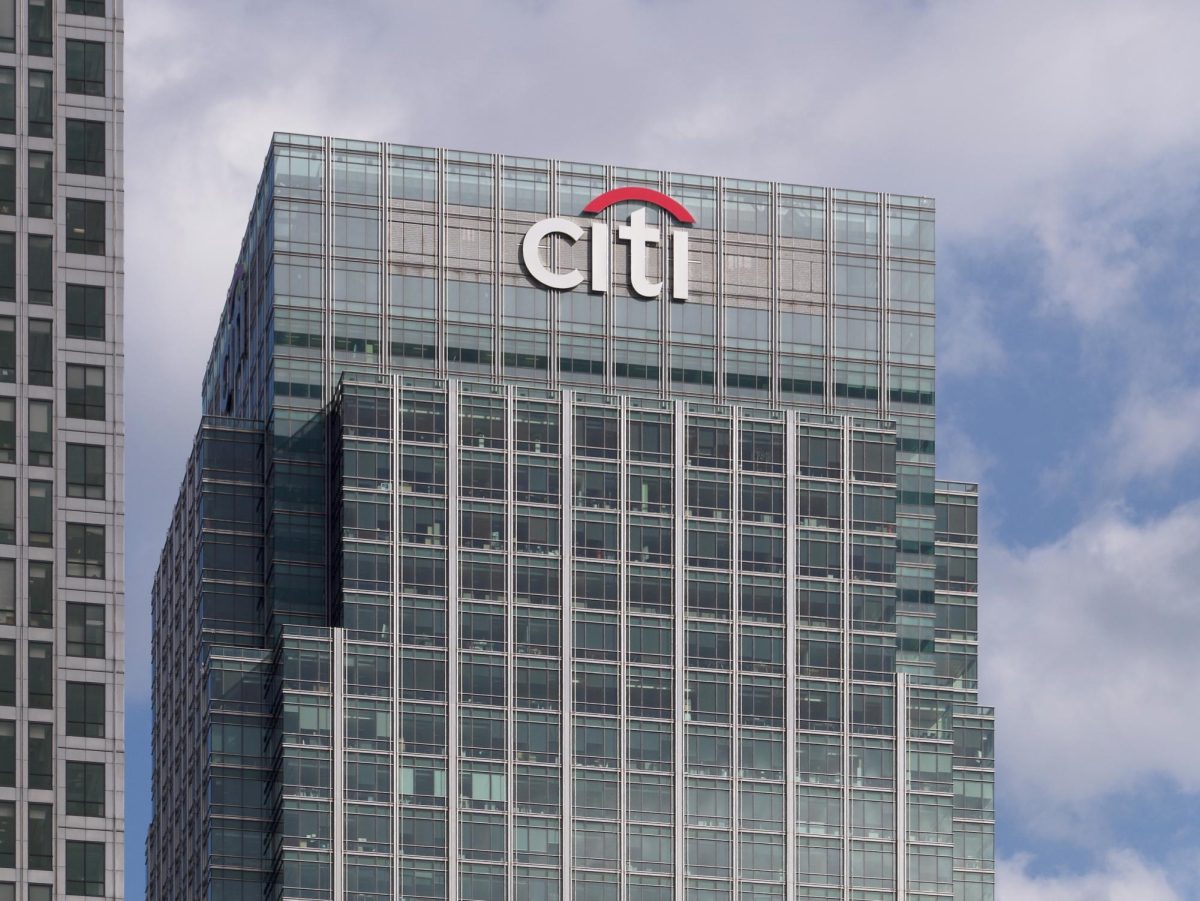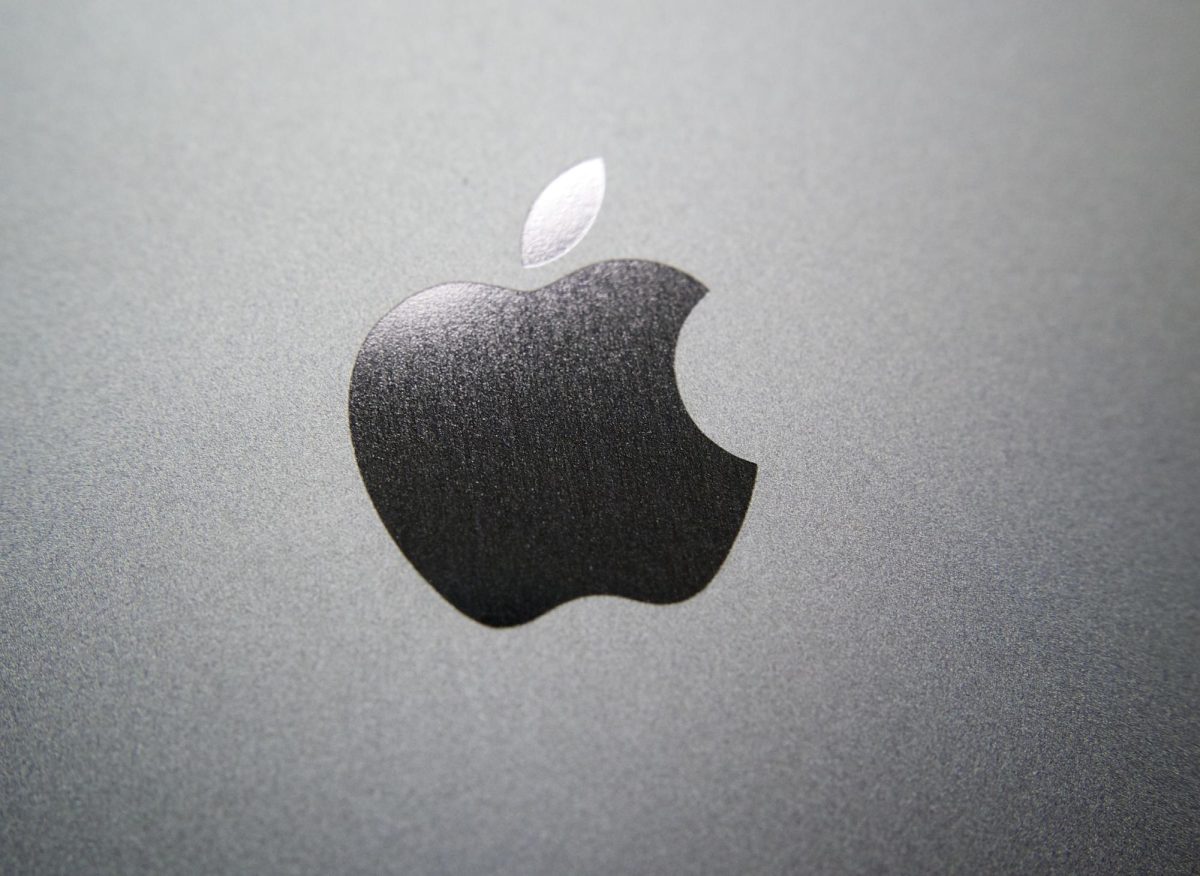Markets gained between Aug. 29 and Sept. 4 as investors remained positive surrounding the release of convincing economic data.
Markets increased on Tuesday following the release of jobs data for July which supported a cooling labor market. The Dow Jones Industrial Average rose 0.9%, the S&P 500 rose 1.5% and the Nasdaq composite rose 1.7%.
The U.S. Bureau of Labor Statistics reported that job openings decreased to 8.8 million. Additionally, 3.5 million workers quit their jobs and 1.6 million were laid off or discharged.
The Consumer Discretionary Select Sector, the Communication Services Select Sector and the Technology Select Sector gained 2.5%, 2.2% and 2.0%, respectively.
The Chicago Board Options Exchange’s Volatility Index fell 4.2% to $14.45. The CBOE Volatility Index is used as a gauge for investor sentiment concerning equity markets, with a value below $20.00 denoting positive sentiment regarding the state of the markets.
The three major indexes rose on Wednesday after economic reports depicted slower-than-expected Gross Domestic Product growth. The Dow added 0.1%, the S&P 500 added 0.4% and the Nasdaq added 0.5%.
The Bureau of Economic Analysis also reduced its estimate of second-quarter GDP growth from 2.4% to 2.1%.
Investors believe that weaker economic growth could spur a pause in the Federal Reserve’s hawkish stance against inflation.
Markets closed mixed on Thursday due to the release of key inflation data which showed that price increases were stable in July. The Dow lost 0.5%, the S&P 500 lost 0.2% and the technology-heavy Nasdaq gained 0.1%.
The Bureau of Economic Analysis announced that the Core Personal Consumption Expenditures Price Index increased 0.2% month-over-month and 4.2% year-over-year.
The Department of Labor detailed that jobless claims were 228,000 for the week ended Aug. 26, signaling a decrease of 4,000 week-over-week.
Shares of UnitedHealth Group, the Dow’s largest company by weight, fell 3.0%, dragging down the Dow.
The Healthcare Select Sector and the Utilities Select Sector lost 1.2% and 1.0%, respectively.
The CBOE Volatility Index declined 2.2% to a value of $13.57.
Markets remained mixed following a slew of jobs data for August. The Dow added 0.3%, the S&P 500 added 0.2% and the Nasdaq declined 3.2 points.
The Bureau of Labor Statistics reported that nonfarm payrolls were 187,000 in August, considerably higher than the consensus estimate of 173,000.
The unemployment rate for August was recorded at 3.8%, increasing 0.3% from July. Unemployment numbers beat the consensus estimate of 3.6% for August.
The Energy Select Sector and the Materials Select Sector gained 2.1% and 1.1%, respectively.
The CBOE Volatility Index fell 3.5% to $13.09.
On Sept. 4, markets were closed due to the observance of Labor Day.
In the upcoming week, investors should keep an eye out for the release of PMI surveys and the Fed’s Beige Book, which will summarize current economic conditions across each district.








